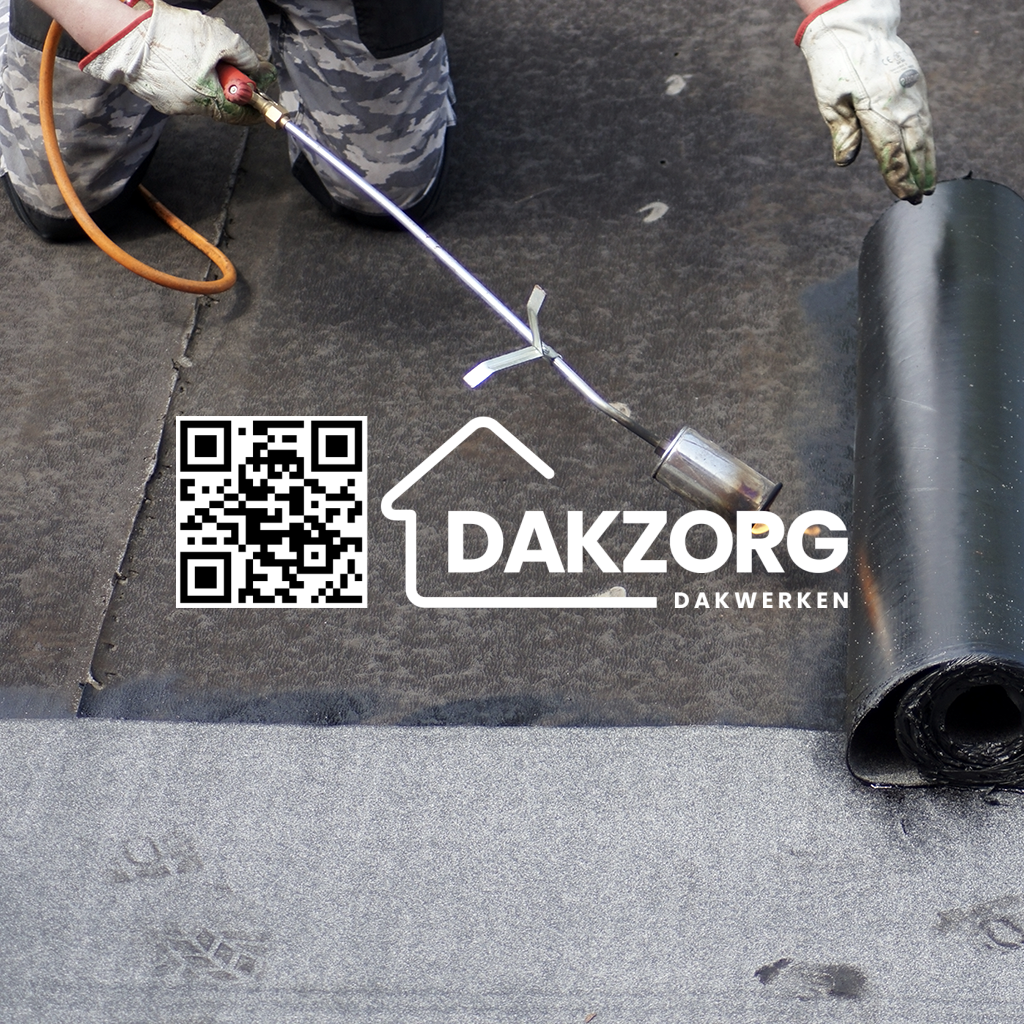Introduction
Dutch architecture is a fascinating tapestry woven from history, culture, and artistry. One of the most compelling elements in this narrative is the gable end, a distinctive architectural feature that has shaped not just the skyline of the Netherlands but also its cultural identity. Gabled roofs, characterized by their triangular shapes at either end of a building, are more than mere aesthetic choices; they serve as functional, symbolic, and cultural anchors in Dutch architecture. In this article, we'll delve into how gable ends shape Dutch architecture and explore their historical significance, design variations, and enduring legacy in modern times.
How Gable Ends Shape Dutch Architecture
Gable ends are critical components of Dutch architecture that influence both the visual appeal and structural integrity of buildings. These triangular sections are typically found at the top of walls where two slopes meet, creating a peak that defines much of Dutch urban landscapes.
The Historical Roots of Gable Ends in Dutch Architecture
The use of gables can be traced back to medieval Europe, but it was in the Netherlands that they truly flourished. Initially developed for practical reasons—like efficiently shedding rainwater—their evolution mirrored social changes over centuries.
1. Practicality Meets Aesthetics
Gables were originally designed to handle the often damp climate typical of the Netherlands. Their sloped surfaces help direct rainwater away from walls, preventing moisture-related damage.
2. Symbolism and Status
Over time, gabled roofs became symbols of wealth and status. Wealthier citizens adorned their homes with elaborate gables to showcase their prosperity.
Types of Gables Found in Dutch Architecture
Understanding how gable ends shape Dutch architecture requires a closer look at different types of gables used throughout history.
1. Traditional Gables
These classic designs feature straightforward triangular shapes and are commonly roofing contractor seen in rural areas.
2. Step-Gabled Roofs
Step-gabled roofs have multiple levels or "steps," offering an eye-catching silhouette that stands out against flat horizons.
3. Sprawling Roofs with Decorative Gables
These expansive designs frequently incorporate intricate carvings or ornamentation that reflect the owner's individual style.
Architectural Styles Influenced by Gable Ends
Different architectural movements have embraced gable ends as central motifs in their designs.
![]()
1. Gothic Architecture
Gothic cathedrals often include pointed gables adorned with intricate stonework that adds grandeur to religious structures.
2. Renaissance Influence on Gabled Structures
During the Renaissance period, architects began incorporating classical elements into gable designs, resulting in more symmetrical forms.
3. Modern Adaptations: Minimalism Meets Tradition
Contemporary architects have reinterpreted traditional gables into minimalist designs that maintain functional integrity while embracing simplicity.

Cultural Significance of Gable Ends in the Netherlands
Beyond aesthetics, gable ends hold cultural resonance within Dutch society.
1. Reflection of Local Identity
In towns across the Netherlands, specific styles of gables can signify local craftsmanship and heritage belonging to particular regions.
2. The Role of Gables in Urban Development
As cities expanded during the Industrial Revolution, gabled buildings became symbols of urban growth, signifying modernity while respecting tradition.
Iconic Examples of Gable-Ended Buildings in Dutch Architecture
When discussing how gable ends shape Dutch architecture, it's essential to highlight some iconic structures showcasing this feature prominently.
1. The Zaanse Schans Windmills: A Classic Example
Located near Amsterdam, these traditional windmills feature bold gabled roofs that are instantly recognizable as part of Dutch heritage.
2. The Canal Houses: Architectural Elegance on Waterways
Amsterdam's canal houses exhibit narrow facades topped with beautiful ornamental gables—a blend of functionality and beauty fitting for life along canals.
The Evolution of Gable Designs Over Time
As societal needs change, so too do architectural styles evolve—particularly regarding gables in Dutch architecture.
1. Industrial Era Transformations
During industrialization, many buildings adopted simpler roof lines as factories emerged; however, residential structures retained more elaborate designs reflecting personal tastes.
2. Post-War Reconstruction Efforts and Modernization Strategies
Post-WWII reconstruction often saw an embrace (and sometimes rejection) of traditional styles; however, many new developments still incorporated recognizable gabled forms.
FAQs
Q1: What is a gable?
A: A gable is the triangular section at the end wall created by two sloping roof surfaces meeting at a peak.
Q2: Why are there different types of gables?
A: Different regions and historical periods influenced various styles to meet aesthetic preferences or practical needs like weather resistance or space management.

Q3: How do modern architects incorporate traditional gables?
A: Many modern architects blend old-world charm with contemporary minimalism by using clean lines while maintaining recognizable forms found in traditional designs.
Q4: Can you find examples outside urban settings?
A: Absolutely! Rural areas also showcase stunning examples featuring traditional styles adapted for farmhouses or cottages designed primarily for practicality rather than ornamentation alone!
Q5: What role do colors play in enhancing these features?
A: Colors significantly impact how we perceive architecture; vibrant hues on facade surfaces coupled with contrasting rooflines create striking visuals contributing further dialogue about identity & culture!
Q6: Are there any famous artists or designers known for utilizing this style?
A: Yes! Renowned artist Piet Mondrian was inspired by geometric forms reminiscent within his works combining abstraction alongside representations from surrounding environments including those crafted using innovative techniques involving simple yet effective combinations such as color placement based upon grid systems.
Conclusion
In conclusion, examining how gable ends shape Dutch architecture reveals much about not only building practices but also cultural narratives ingrained within society itself! From serving practical purposes related directly toward weather conditions faced throughout history right down through symbolic meanings tied closely together showcasing wealth/status indicators reflective each era's values—these aspects contribute profoundly towards dakzorg.blob.core.windows.net understanding why they remain prevalent even today! So next time you stroll through picturesque streets lined by quaint homes accented perfectly using eye-catching shapes like those found atop walls known fondly around here simply as “gable ends,” remember—they aren’t just functional pieces—they’re rich tapestries woven deeply into our collective storytelling journey spanning generations past present future alike!